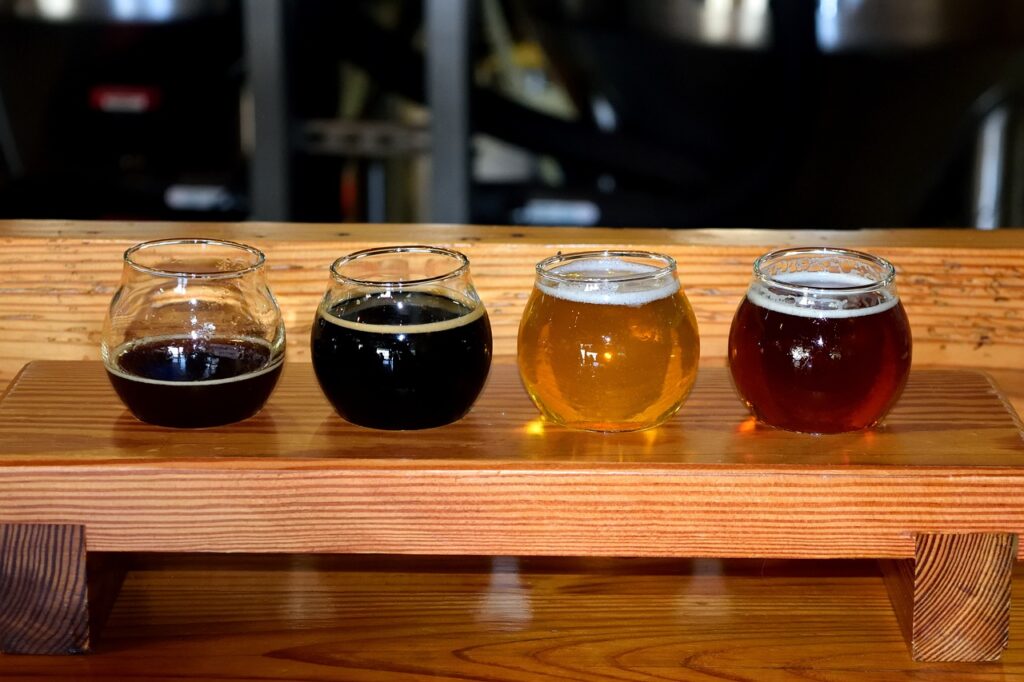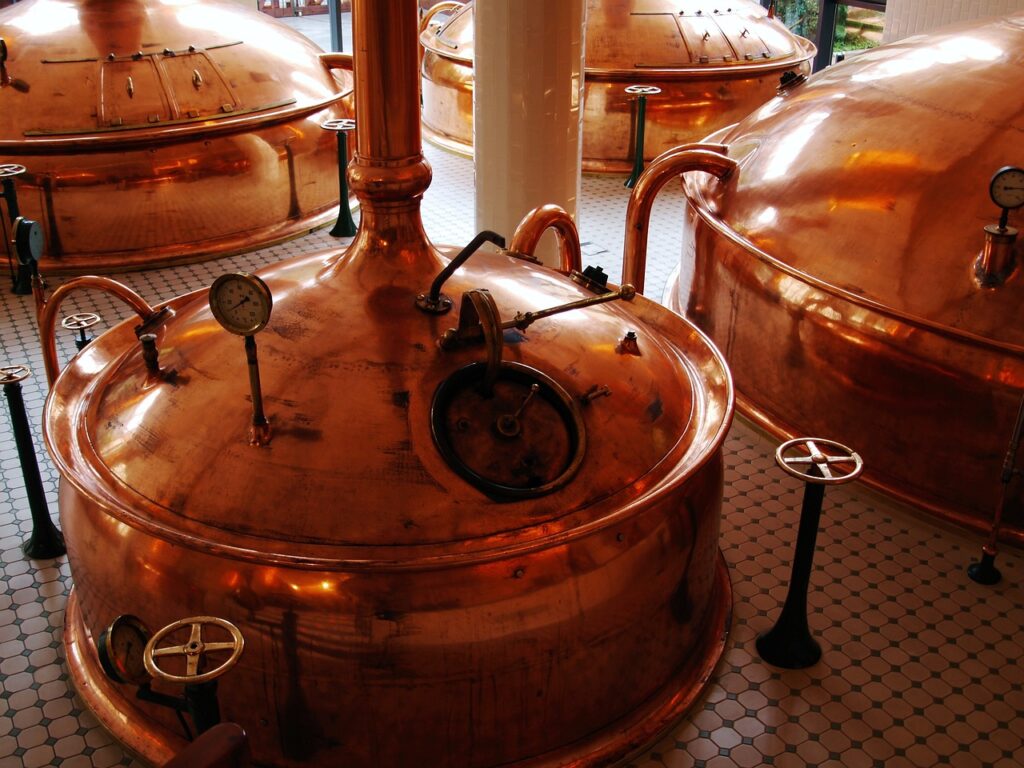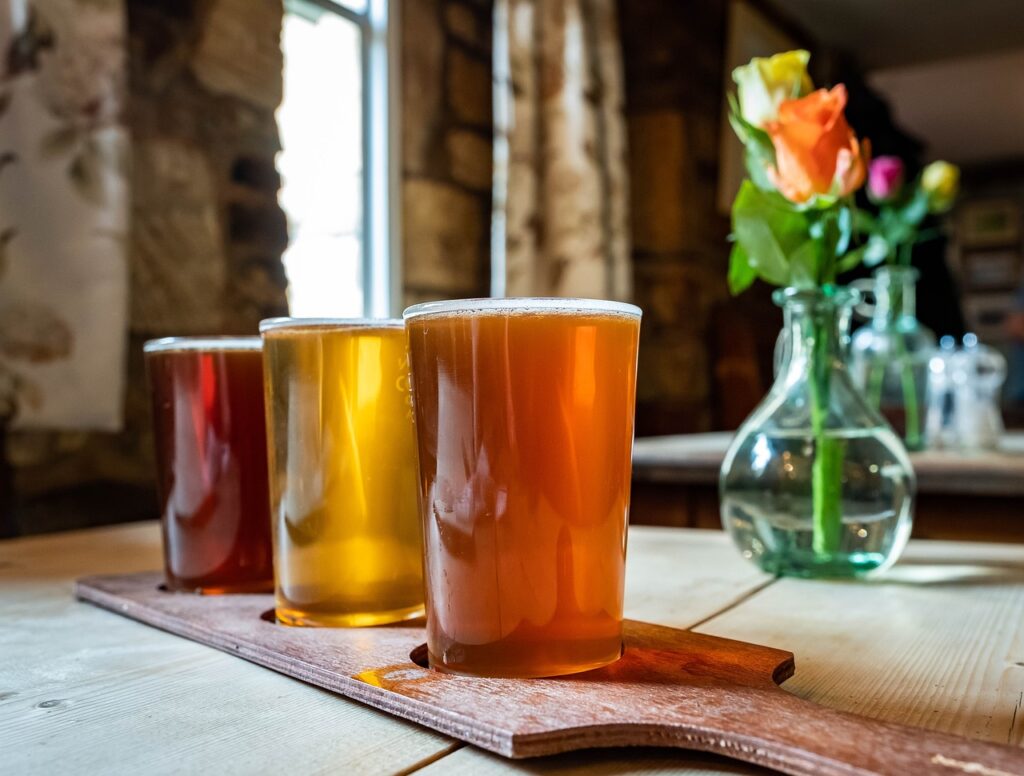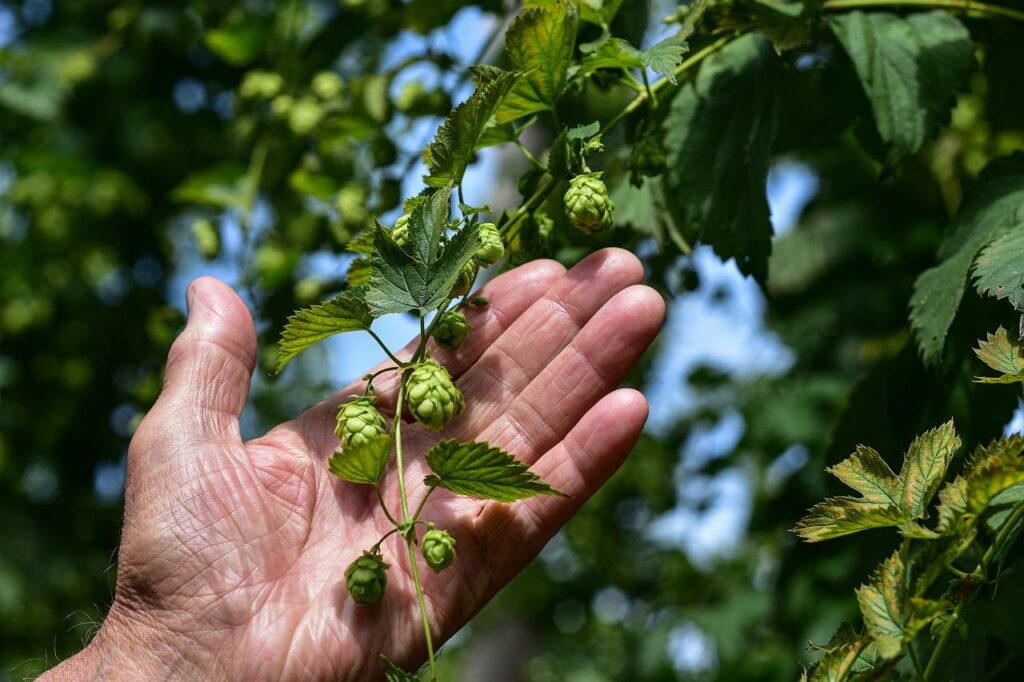Beer Journey in Norway: A Glimpse into the Magic of Microbreweries

Pixabay
Have you ever considered going on a wine holiday to France or Italy? Well, you may not need to travel that far for an exciting vacation. In Norway, you can embark on a beer journey, immersing yourself in the magical world of Norwegian microbreweries and the art of brewing. Whether you’re a beer connoisseur or simply eager to explore, Norway offers quality beers that provide visitors a peek into the realm of authentic Norwegian beer craftsmanship.
Destinations from North to South
To gain insight into Norwegian beer art, one of the best ways is to attend one of the many food and drink festivals around the country. Here, you can taste various beer types originating from microbreweries in the local area. Mat*Larm in Oslo, Bryggerifestivalen in Trondheim, Øygarden Drink Festival in Bergen, and Rogaland Beer Festival in Stavanger are excellent examples. If you’re heading to Svalbard, you can also participate in the world’s northernmost food and drink festival, Smak Svalbard.
To delve into each microbrewery, we’ve compiled an imperfect list of some of the most popular microbreweries in Norway. Keep in mind that many more operate on a small scale, and new microbreweries emerge every year:
- Kinn Brewery – Florø
- Ølve på Egge – Steinkjer
- Ægir Brewery – Flåm
- Inderøy Farm Brewery – Inderøy
- Små Vesen Brewery – Aurdal
- Troll Brewery – Liabygda, Sunnmøre
- Nøgne Ø – Grimstad
- Haandbryggeriet – Drammen
- Lofotpils – Svolvær
- Trodhjem Microbrewery – Trondheim
- Oslo Microbrewery – Oslo
- Klostergården Craft Brewery – Frosta
- Tromsø Microbrewery – Tromsø
- Bryggeriet Frøya – Dyrvik
- Skifjorden Brewery, Hyllestad

Pixabay
Visiting Microbreweries
A microbrewery, by definition, is a small brewery that prioritizes artisanal traditions in its production. There is minimal automation and industrialization in microbreweries, often referred to as craft breweries. Microbreweries rely on craftsmanship and artistry to bring exciting flavors together, each ensuring they have their own carefully curated specialties produced on a small scale.
Most microbreweries offer tours of their small-scale breweries. This allows beer enthusiasts and those curious about sustainable production to peek behind the curtain of how Norway’s finest beers are made. During a visit to a microbrewery in Norway, you can witness brewers in action, learn about different beer types, and gain an understanding of the importance of preserving the art of brewing. A visit to one of Norway’s many microbreweries is educational, entertaining, and a great activity during a vacation or when seeking something new in your own city.
Beer Tasting: Social, Educational, and Exciting
When on a tour at a microbrewery, don’t forget about beer tasting. Breweries organize beer tastings, allowing you to experience new exciting flavors not found elsewhere. Besides enjoying time with friends, family, or acquaintances, you’ll also learn everything you didn’t know about beer. Typically, microbrewery beer tastings involve sampling between three to twelve different beer varieties. You’ll learn more about their distinguishing features, the ingredients used, and the types of food that pair well with each beer.
Remember to observe the seven S’s during beer tasting to have the best possible experience. Beer experts embrace this concept, swearing by this method to truly taste the beer. The seven S’s are Sight, Swirl, Smell, Sip, Swish, Swallow, Savor. Ask if the microbrewery can explain these seven S’s in depth for a good introduction – and hopefully, impress the company you’ve invited to the beer tasting! If you’re already above-average interested in beer, many microbreweries also offer beer courses. You can contact the microbrewery near you to find out what they offer.

Pixabay
Unique Beer Types: Truly Norwegian
The exciting thing about microbreweries is that they create their own unique beer varieties. As more microbreweries have emerged, and Norwegians have developed an interest in exploring different beer types, we find more Norwegian ingredients in beer than ever before. Combinations that turn a single beer into a taste experience have made Norwegians curious about beer rather than sticking to simple pilsners. Typical Norwegian ingredients in locally brewed beer range from Norwegian-produced yeast and malt to experimental ingredients like juniper branches, cherries, and rhubarb.
Several microbreweries usually offer a selection of the most classic types, but many also seek to create their very own unique beer. For example, Bryggeriet Frøya offers its unique Alrune Mild Ale, made with 50% carrot mash from carrots that would otherwise go to food waste due to their odd appearance. Klostergården offers Devil’s Apron Stout Svart, brewed with sugar kelp and seawater to add extra sweetness and malt flavor. It also has a distinct licorice taste. Kinn Brewery offers both a sour fruit beer with Norwegian lingonberries and a fresh beer with Norwegian raspberries. Skifjorden Brewery has created Littavkvart, a good combination for both beer and cider lovers. It consists of 70% Norwegian apples and 30% malt, creating a genuine Norwegian cider-beer suitable for most!
Food and Beer Pairings: What Goes with What
Beer is often associated with nightlife and festivities, but the right type of beer with a meal can significantly enhance the tasting experience. Forget a plain pilsner and experiment to create a feast for the senses during your next big meal with family or friends. Here are some good starting points for beer pairings with traditional Norwegian dishes:
- Lamb Stew (Fårikål): Even the simple dish of lamb stew can reach new heights when paired with an ale or porter.
- Lutefisk: For the traditional lutefisk, a fruity beer works best. Try wheat beer, saison, or witbier, as these have a medium-high alcohol percentage and plenty of carbonation.
- Reindeer: Reindeer pairs well with Norwegian bock beer, known for its rich flavor. Usually, game meat and bock beer are a perfect combination, but since reindeer meat is often sweeter than other game meats, a dark abbey beer may also be suitable.
- Pinnekjøtt (Salted and Dried Mutton Ribs): The salty pinnekjøtt goes well with Norwegian dark Christmas ale. If you want something sweeter to balance the saltiness, a Norwegian craft cider may also work well.

Pixabay
Cultural Significance and Sustainability
Locally sourced food and drinks have been a focal point in sustainable tourism, and this is perhaps why microbreweries in Norway have stood out. Microbreweries offer locally brewed beer using ingredients from the surroundings. This enables the tourism industry to minimize its carbon footprint while allowing visitors to savor unique beers not found elsewhere. Microbreweries contribute to brewing on a micro-scale, benefiting the environment and local communities. Centuries ago, with no stores, Norwegians enjoyed locally brewed beer and wine. This is, in many ways, a return to our roots, and many Norwegian cities and villages have excelled in sustainable food and drink.
Now It’s Your Turn
Beer craftsmanship is captivating for those curious enough to explore. In Norway, numerous skilled artisans craft specialty beers you won’t find elsewhere. For a perfect experience during glamping or a hotel holiday in Norway, don’t forget to visit one of the many microbreweries. It’s a brewing labor of love, each offering a welcoming atmosphere and quality beers awaiting your taste buds.

